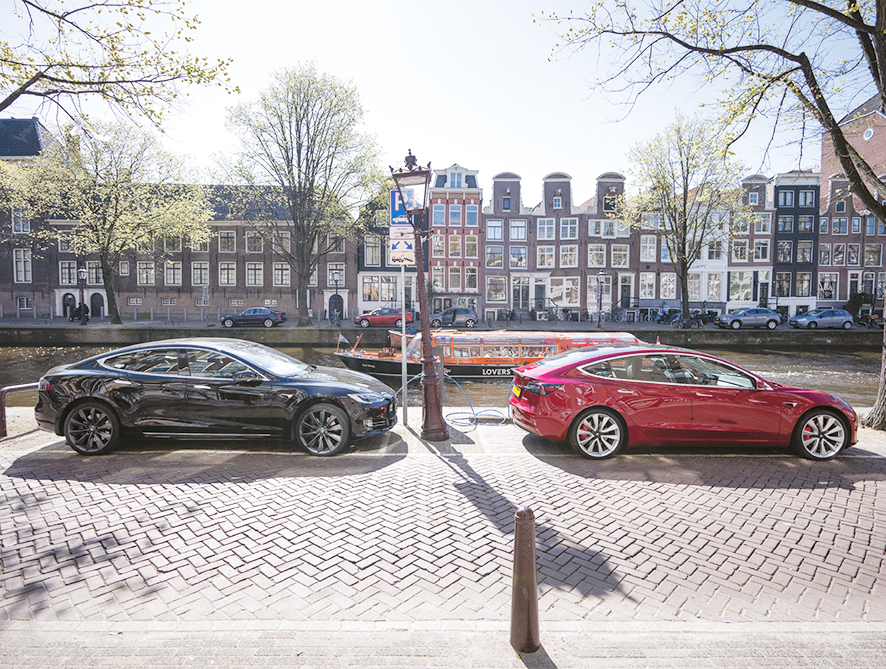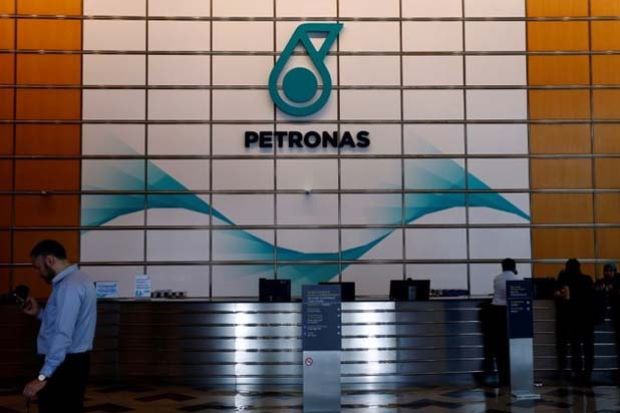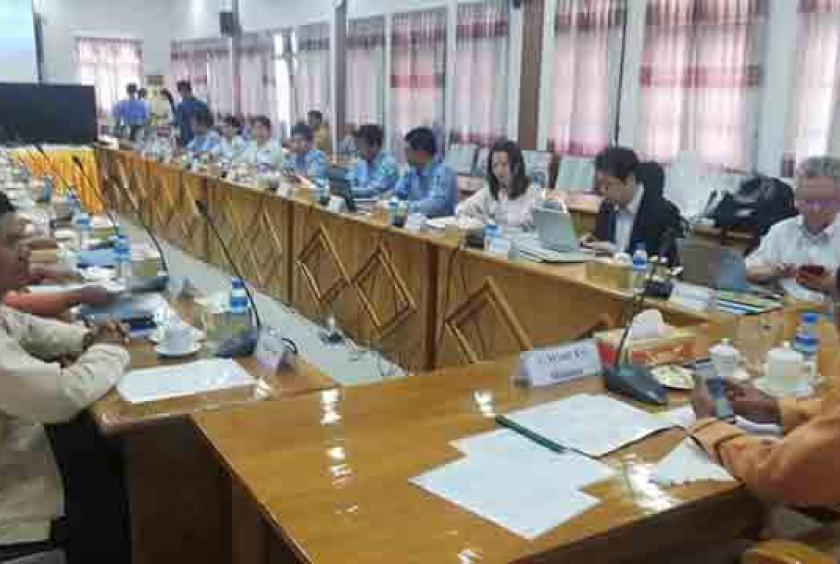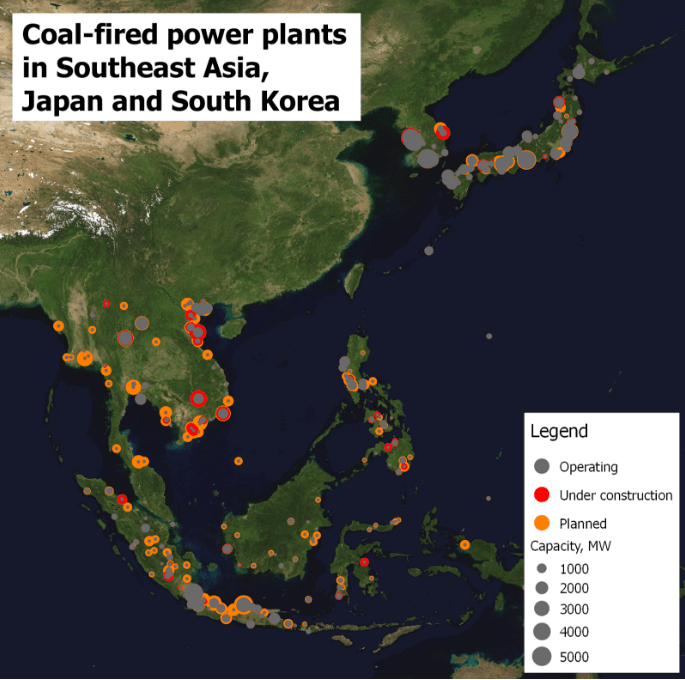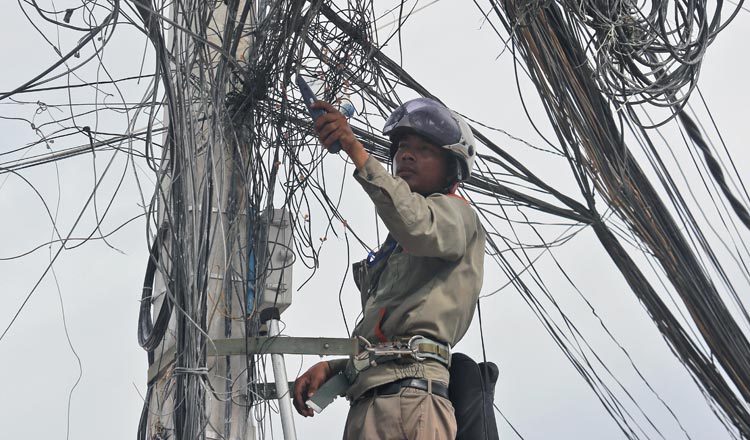- Electricity/Power Grid
–
- Malaysia
THREE years ago, the government allowed the import of 100 Tesla Model S cars as part of its effort to promote electric vehicles (EVs) and cut carbon emissions in the country.
Following the arrival of the first batch, proud new Tesla owners were spotted driving around the city, primarily in the affluent residential suburb of Bangsar. Ride-hailing app Grab also came up with an exclusive offer that allowed users to experience the Tesla Model S 85 for a limited period.
But the excitement was short-lived.
“I think it lasted for only about three months. I didn’t see those cars as much after that, probably because it wasn’t feasible. The charging stations were limited. There were very few at the time,” said one automobile enthusiast based in Kuala Lumpur. Today, the same sentiment persists.
While demand for EVs and plug-in hybrids in the country has picked up in recent years, concerns over the lack of charging stations in the country remain a drawback for many who aspire to make the switch from fuel to electric engine.
Under the National Electric Mobility Blueprint, Malaysia aspires to have 125,000 charging stations by 2030. The figure stood at about 400 charging stations as at September 2018, with plans to install up to 3,000 charging stations by the end of this year.
It is not known if efforts are on track, but one thing for sure is the country will have to pick up the pace and produce over 1,000 charging stations per year over the next decade if it wants to meet its target.
Push for EVs Coming from All Sides
The demand for EVs in Malaysia has been on the rise since the Mitsubishi i-MiEV — the country’s first registered electric car — made its debut nearly a decade ago. The amount of listed EVs has since increased from an estimated 100 units in 2013 to 52,384 units as at March 31 this year.
While the figure represents only a fraction of the 28.2 million vehicles registered in the country, it was enough to convince German automakers BMW Malaysia Sdn Bhd and Mercedes-Benz Malaysia Sdn Bhd to bring in their all-electric models into the local market.
The push for EVs by the two premium brands may reflect a growing level of acceptance for battery-powered vehicles among local urban elites, but interests for electric commercial vehicles shown by major corporations point to a more promising and industrial-scale prospect for EVs in the country.
As it stands, there are only a handful of electric lorries on Malaysian roads. But as global firms such as Deutsche Post DHL Group (DHL) and Petroliam Nasional Bhd (Petronas) seek to find sustainable solutions to honour their environmental pledge, electric lorries and haulers are destined to be the next big thing.
Speaking at a recent forum at the Malaysia Commercial Vehicle Expo 2019 in Seri Kembangan, Selangor, DHL Express Malaysia Sdn Bhd VP of operations Derek Tully said the company was seriously considering green alternatives for its massive fleet worldwide to reduce its carbon footprint.
“As we are developing our business going forward, our customers are demanding that we have go-green solutions. We are a transportation company, so we do generate a lot of emission — so, for us, to have electric vehicles is a good selling point,” he said.
In cities like London and Amsterdam, which enforce select bans on diesel-powered vehicles, DHL is required to use EVs or opt for a more traditional mode of delivery, Tully said.
“In some cases, we have to put in walking couriers and bike couriers,” he added.
But even for a logistics giant such as DHL, Tully said, the main challenge in adopting EVs is in the initial capital expenditure. Apart from the higher cost of EVs, the company would also spend an additional €1.5 million (RM7.07 million) on charging stations that could service up to 100 vehicles at a time.
“It has challenged us a lot, but we are willing to invest, because we think in 10 years’ time, that is the future and that is what our customers will demand. That is what the public will demand. We are willing to take that hit today so that in 10 years, we will be the market leader in our industry,” he said.
Local transport operator Datuk Nazari Akhbar echoed the view. Nazari, who is ED of Taipanco Sdn Bhd, runs one of the largest container transportation operators in Northport and Westports.
While the common perception is that many people in Malaysia still find it hard to accept EVs, Nazari said he was ready to utilise EV lorries as it would be more cost-effective in the long run.
“In the haulage operation, there are two major cost components —diesel and maintenance. We consume about RM5,000 to RM8,000 a month per lorry on diesel. EVs are supposed to cut the fuel cost. If we can save RM3,000 a month, we can save RM36,000 a year.
“On maintenance, the current diesel-engine lorries require servicing every three months or every 30,000km. The basic servicing will cost about RM1,000. But with electric lorries, we can save a lot on this because electric motors are simpler. They don’t have all these sophisticated parts,” he said.
Nazari said if his company could slash up to RM10,000 per month on diesel cost alone, it would lead to savings of a few million ringgit a year.
“Maybe the initial cost for EVs is higher than conventional lorries, but in the long run, I believe there will be a lot of savings we can achieve on top of the environmental factor,” he said.
Nazari said drivers would also have no problems adapting to EVs as they are proven to be similar to diesel-powered vehicles.
“Maybe we need some basic training for the drivers to understand how EVs work, but I don’t think we need to send them to special courses to train them to drive,” he said.
On a separate note, local taxi company Big Blue Taxi Facilities Sdn Bhd is also working to develop the world’s first e-hailing EV called Zeno, with the first 500 completely built-up units expected to be delivered from China by the end of August.
If we are to take cues from Beijing, the introduction of electric taxis in the market could provide a significant boost for EVs in Malaysia, given that there are 80,000 taxi drivers nationwide.
More Charging Stations Needed
With many ready to take on the new technology, the main stumbling block is still the lack of infrastructure. The number of charging stations in the country may have seen an increase in the last few years, but they continue to be inadequate to alleviate fears of running out of charge while driving.
Malaysian Green Technology Corp (GreenTech Malaysia), an organisation set up in 2010 under the purview of the Ministry of Energy, Science, Technology, Environment and Climate Change, has been tasked to spearhead efforts in creating a solid network of charging stations nationwide.
The agency does not appear to have this network mapped out. However, its collaboration with the likes of Tenaga Nasional Bhd, PLUS Malaysia Bhd and Petronas indicate GreenTech Malaysia’s approach to have its ChargEV charging station at every strategic location possible.
This has led to the installation of charging bays at government buildings, petrol stations, airports, R&R areas and shopping malls. As at Dec 31, 2018, there are 251 ChargEV stations, which have a 3.7kWh or 22kWh charging capacity — the latter considered average.
In many developed countries, rapid chargers with a capacity of between 43kWh and 50kWh are common, allowing a full charging time of only one to two hours.
A check on the NewMotion app, which can locate more than 100,000 public charge points across 28 countries, showed that there are no charging stations available in the states of Perlis, Terengganu, Kelantan, Sabah and Sarawak.
Many EV owners have expressed their doubts about driving out of state for this very reason.
While there are no specific guidelines on what the ideal ratio of public charging stations to EVs is, Singapore’s plan to have up to 500 charging stations island-wide by 2020 signals that a lot more can be done at home. In Australia, there are about 800 charging stations across the nation, while in the US, there are 20,000 charging stations for plug-in EVs.
With companies showing keen interest to make their corporate fleet green, not only is there a need to increase the number of charging stations around the country, there is also the need to diversify the range to include heavy-duty charging in locations such as ports, refineries and factories.
But the reality is far from true. It is common to hear people saying that if there were as many charging stations as there are petrol stations in the country, they are willing to make the switch to EVs.
After a decade of being exposed to the technology, Malaysia as a nation is ready to embrace EVs. Individual buyers are conscious enough to make the switch, and industries are willing to spend to capitalise on the long-term benefits.
But if power problems continue to persist, the country’s journey towards sustainability may go down a long and winding road.


